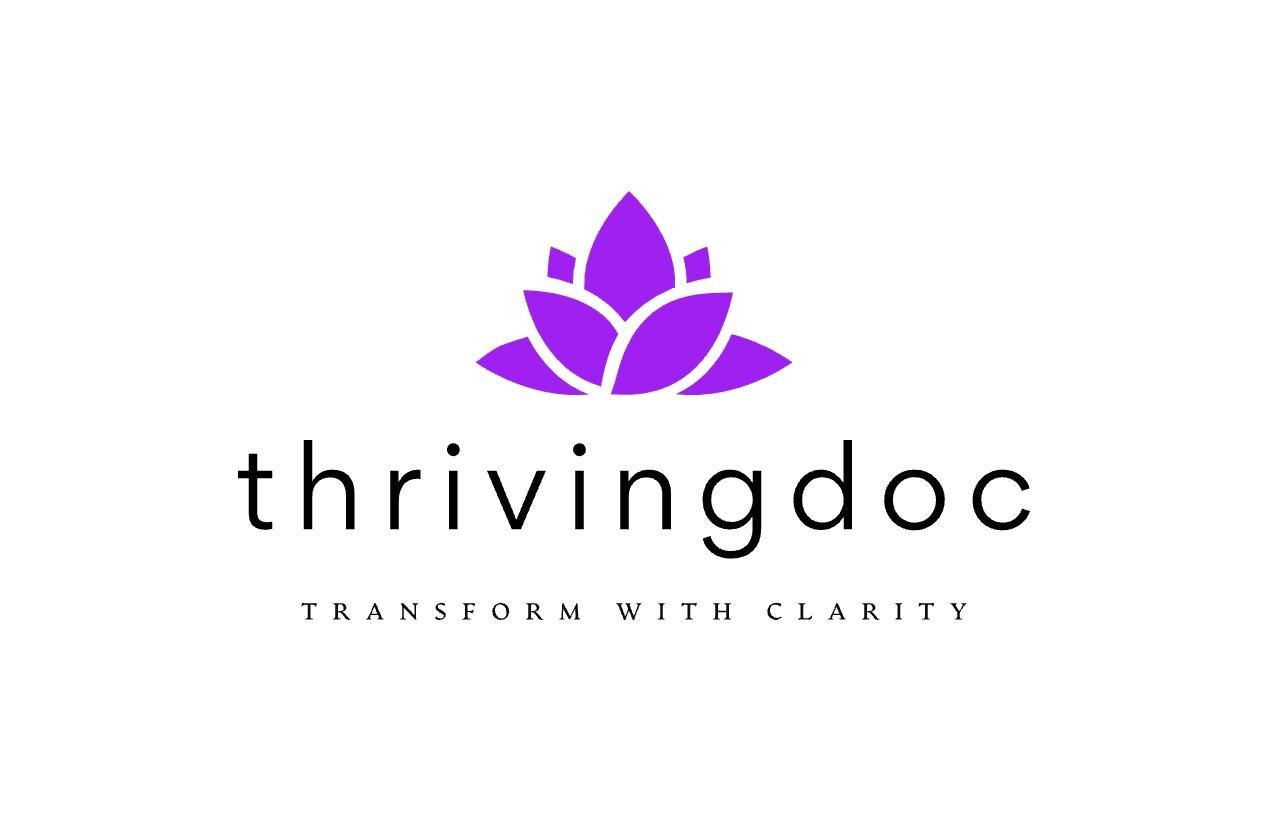From Burnout to Breakthrough: How Physicians Can Rewrite Their Story with an Intention Statement
Introduction
Burnout among physicians is often described as exhaustion, cynicism, or a loss of efficiency. But at its core, burnout is frequently a story problem.
Inside the mind of a physician, an exhausting loop plays on repeat:
- “I’m not doing enough.”
- “I can’t keep this pace forever.”
- “If I step back, I’ll disappoint my patients, my team, or my family.”
These inner stories feel true, and that’s what makes them powerful. They shape how physicians see themselves, how they process setbacks, and even how they imagine their future. Over time, they become limiting narratives that trap doctors in survival mode.
But what if the first step out of burnout isn’t about changing your schedule, negotiating call shifts, or switching jobs — but about rewriting your story?


Why Physicians Need a New Story
Physicians are skilled problem-solvers, yet when it comes to themselves, many fall into self-limiting scripts:
- “I’m stuck here until retirement.”
- “My skills don’t translate outside of medicine.”
- “I should be grateful, so why do I feel this way?”
These narratives intensify burnout and close off possibilities. Coaching reframes the perspective: your story is not fixed. You can author a new one — one that is optimistic, authentic, and aligned with your values. The Intention Statement helps shift from looping negativity to a future-focused, empowering narrative.
What Is an Intention Statement?
An Intention Statement is a short, conversational paragraph (5–8 sentences) that describes three things:
- Pearls of the Past – What you’ve appreciated about your professional journey.
- What You Discovered About Yourself – The gifts, strengths, and delights you bring.
- Where You’re Going – The next chapter you’re creating, framed with clarity and optimism.
It isn’t a résumé or a pitch — it’s a living story of who you’re becoming. When spoken aloud, it acts as both a declaration and an invitation. People hear your clarity and naturally want to support you. More importantly, you begin to believe it yourself.

From Negative Loops to Empowered Stories
Negative Loop Story
“I’m burned out. I can’t keep up with these demands. I’ll just coast until I can escape clinical practice.”
Rewritten Intention Statement
“I’ve been fortunate to work with families through some of the most challenging seasons of their children’s health. I’ve discovered that I bring calm and clarity in moments of crisis, and I deeply value creating systems that support both patients and teams. Now, I’m expanding my role into physician leadership, helping design models of care that restore both joy and sustainability in medicine.”
Why This Works
Psychologists call it learned optimism — reframing pessimistic narratives as temporary, changeable, and specific. Many physicians, however, carry learned pessimism.
The Intention Statement functions as a structured optimism exercise. It doesn’t deny the challenges, but it highlights:
- lessons learned
- strengths discovered
- and a future worth moving toward
This shift moves physicians from victim of circumstances to author of possibility.
How to Begin Writing Yours
Reflect on these three prompts:
- Pearls of the Past: What do you appreciate about your professional journey so far?
- What I Discovered About Myself: What gifts, strengths, or delights have become clear?
- Where I’m Going Next: What contribution or direction excites you now?
Even this simple reflection can spark a mindset shift from burnout to breakthrough.
Your Breakthrough Begins with a Story
Want step-by-step guidance? Free Intention Statement Workbook, which includes prompts, examples, and worksheets to help you draft and refine your own statement with clarity and confidence.
Contact me